| The Roycroft Renaissance mark, designed by Rix Jennings in 1976 and used by all RALA artisans. Kitty Turgeon, original RALA member, former owner of the Roycroft Inn and Roycroft Gift Shop. Print by Laura Wilder, RALA Artist. RALA artisans at their 2019 Winter Festival. The unveiling of the National Historic Landmark plaque on the Roycroft campus in 1987. 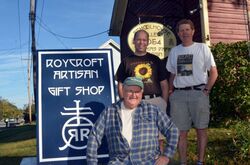 Schoolhouse Gallery Owners Thomas Pafk, Ben Little, and Tom Harris. Inside the Schoolhouse Gallery Roycroft Renaissance Master Artisan Frank Glapa demonstrating his copper-smithing techniques at RALA Summerfest in 2016. Roycroft Renaissance Master Artisan Al Sleeper with his students in 2008. Roycroft Renaissance Master Artisan Patty Cancilla repurposing a chipped Roycroft china plate for a jewelry pendant. Roycroft Renaissance Artisan Steve Blakely proudly displays his RALA embroidered plaque next to his Arts & Crafts inspired vases. Dedication of the Roycroft Renaissance Sculpture. (Left to Right) Kitty Turgeon, artist Paul Boccolucci and Miriam Hubbard Roelofs (daughter of Elbert and Alice Hubbard). Roycroft Renaissance Master Artisan Julie Leidel in front of a commission painting. | September 23, 2021 by Rick Ohler, Columnist East Aurora Advertiser Roycroft. Nothing, with the possible exception of Vidler’s or Fisher-Price, says East Aurora like Roycroft. We all recognize the name, but an understanding of the entirety of Roycroft—the Roycroft Inn, the campus, the Roycrofters-at-Large Association, the Roycroft philosophy—and its reach can elude even the most long-lived East Auroran or ardent student of Roycroft. Today, a century and a quarter after Elbert Hubbard began following his ever-expanding dream on South Grove Street, the result of those dreams, Roycroft, along with its considerable legacy, continues to exist, albeit in several related iterations. When the public conjures an image of Roycroft, it may well be the Roycroft Inn on the east side of the street. Now 26 years into its renaissance, the inn, under the capable care of innkeeper Dan Garvey, stands proudly rehabilitated, recalling the days when the world beat a path to East Aurora to get a look at that Hubbard fellow. Even with the most modern amenities, the inn remains an embodiment of the 19th-century Arts & Crafts Movement, nurtured by John Ruskin and William Morris in England and brought to East Aurora by Hubbard. For others, the draw is the Roycroft Campus on the west side of South Grove, which, under the forward-thinking leadership of Roycroft Campus Corporation (RCC) executive director Curt Maranto, has seen extensive renovations of both buildings and purpose. The extraordinary architecture and pastoral grounds have a magnetic effect on visitors, and Maranto and staff work to reward newcomers’ and veterans’ fascination with a visitor center whose exhibits present a comprehensive look into the history and legacy of Roycroft. The RCC offers tours, ongoing classes and programs and events like the Roycroft Campus Fall Festival, occurring October 2-3. The Roycroft Copper Shop on the campus now sells an array of original artwork, crafts and tasteful gifts. This summer, Erie County chose the Roycroft Great Lawn as the site of several culturally oriented bicentennial events. Behind the visitor center, Roycroft Antiques, run by the Dylewski brothers, maintains another sector of the Roycroft legacy by offering, among many other items, Roycroft artifacts and publications. The least visible, but perhaps most historically significant puzzle piece in the perpetuation of the Roycroft legacy is the Roycrofters-at-Large Association, known as RALA (ralaweb.com). Many RALA members are artisans who follow the Hubbard and Arts & Crafts tradition of employing “Head, Heart & Hand” in producing fine art and crafts in 10 juried categories: clay, fiber/fabric, glass, leather, metal/jewelry, painting/printing, paper/book arts, photography, sculpture and wood. Each artisan is juried by his or her RALA peers, and, upon acceptance, is granted permission to use the double-R (Roycroft Renaissance) trademark on his or her work. RALA artisans generally host two shows a year: one on the last weekend of June at the Classic Rink and the other on the first weekend in December at the Main Street School cafeteria. RALA, with a membership of artisans as well as 150 Roycroft enthusiasts from all walks of life, also sponsors and organizes the Roycroft Chamber Music Festival at St. Matthias’ Episcopal Church, as well as a series of benefit concerts at their official headquarters, the Roycroft Artisans’ Schoolhouse Gallery at 1054 Olean Road. (See the story here.) The gallery is open to the public daily and exclusively features the works of RALA artisans. However, RALA’s influence on the present-day legacy goes so much farther than their impressive coterie of artisans. In fact, you could argue that without RALA, especially during their beginning years in the volatile and uncertain 1980s, Roycroft, as we know it today, might not exist. Let’s go back to the beginning. RALA originated in 1976 at an event in the Roycroft Chapel at the corner of Main and South Grove. It was a “mini-convention,” says early RALA member and past president, Robert Rust. “It was the time of the national bicentennial, around Elbert’s birthday. Some of the people there were artist Rix Jennings and his sisters, Nancy Hubbard Brady, Linda Falkowski, Roycroft Inn owner Kitty Turgeon, Jack Mayne, Andy Bergman and Onda and Chet Dylewski. There was a groundswell of enthusiasm when everyone realized that there were so many Roycroft aficionados out there, not just in East Aurora, but worldwide. The first of the RALA Roycroft conventions began in 1977 with what became the annual dinner at the inn, which was still a Turgeon restaurant. We published a little paper, then ran the event with craftspeople and antique dealers out on the campus. RALA attracted a wide range of people: merchants like Denny Webb from the Dress Shop, Grace Meibohm from Meibohm Fine Art, knitter Kay Monier Williams and the Dylewskis, who had opened their antique business a few years before; historians like Charlie Hamilton, author of As Bees in Honey Drown, the love story of Elbert and Alice Moore Hubbard; and folks with no real tie to Elbert Hubbard except love for what he had created here. It became clear that RALA could be the non-profit force behind keeping the history alive.” Their love of Roycroft spread. “We also had lectures, and for two years we were involved in the traveling Roycroft exhibit, which brought together loaned Roycroft artifacts for showings at the Burchfield Center in Buffalo, Dartmouth College and other stops. In 1980, the Roycroft gained more recognition with an exhibit called the Arts & Crafts Movement in New York State that had significant RALA involvement. We put out a quarterly newsletter. Rix Jennings designed the new double-R mark. We put some exhibits at the county fair, Kitty and I were giving talks. The energy surrounding Hubbard and Roycroft was palpable.” As the conventions became a part of the Roycrofters’ and the village’s schedule, the crafts arm of RALA began to develop. Beloved jeweler, the late Al Sleeper and woodworker, the late Tom Harris, plus a few of the early artisans, initiated a jury system to ensure a standard for quality of craftsmanship across the categories. Artisans applying for the right to use the double-R mark for one year, subject to annual renewal, were, and continue to be, juried in five categories: high quality of hand craftsmanship, excellence in design, continuous artistic growth, originality of expression and professional recognition. RALA artisans are nationally known. Contrast this enthusiasm with what was happening on both sides of Grove Street. In the 1980s, Cornell Cooperative Extension owned the massive Roycroft Print Shop; there was no Roycroft presence there. The Power House—the Visitors’ Center today—was privately owned and housed a law office, a dentistry practice, two apartments and even a church at one point. It would be a total loss after a 1997 fire. The Roycroft Antiques, formerly Hubbard’s furniture shop, had experienced a terrible fire that destroyed the third story, although potters and woodworkers continued to create in the lower level. The gift shop remained open, although it was in need of repairs. At the inn, the venerable institution was nearing the end of an 80-year run as it faltered and was closed in 1988. It was during these times that Turgeon and Rust, bolstered by the continuing love for and interest in all things Roycroft, managed to get National Historic Landmark status for the entire campus. As RALA soldiered on, holding shows on the campus, attracting artisans and hosting the chamber music festival, the community and lovers of Roycroft took notice. With the inn in the hands of the Landmark Society of Western New York, secure but deteriorating, the Roycroft Revitalization Corporation (RRC) set about raising money to restore the building and reopen it as a hotel and restaurant. RALA was a supporter of and donor to that campaign, which, with the help of the Margaret Wendt Foundation, resulted in the 1995 reopening of the inn. Today, both the hotel and restaurant are flourishing. Success on the east side of the street created interest in the west side, and soon, the RCC was born. Leveraging grants and developing a donor and supporter base, the RCC has been able to buy the Print Shop from Cornell and reimagine it as art space including a functioning printing shop with Roycroft-era presses. The RCC has rebuilt and restored the Power House, repaired and rehabilitated the Copper Shop and restored the original Great Lawn, where a potholed parking lot had stood. Now, is there a danger in giving RALA too much credit for the continued viability of Roycroft in East Aurora and beyond? Certainly. It takes a village to make that work. But is there likewise a problem in not valuing their contribution highly enough? Absolutely. I and many others have said often that if Kitty Turgeon, Bob Rust and the RALA organization they were so much a part of had not kept the Roycroft fires burning in the dark days of the 1980s and ‘90s, the inn might have fallen in upon itself and the campus might be a collage of privately owned buildings. There is, of course, a question that comes up when the subject of RALA and the RCC arises: Why doesn’t RALA have a presence on the campus these days? Why is their June show at the rink, when for so many years it was on the campus, coinciding with East Aurora Art Society’s show at the Middle School and the combined antiques and Arts & Craftsmen Guild craft show on the campus? The answer is complex, but the reasons are hardly as nefarious as many might assume. It comes down, in part, to revenue streams. Both RALA and the RCC need to raise funds, and staging their shows separately benefits RALA, which has few other sources of revenue. The move to the rink has been expensive, thus the $5 admission, but it has given artisans a dry, covered, level surface with plenty of parking, which the new Great Lawn did not offer. Most years, a shuttle takes festival-goers between Grove and Riley Streets, offering attendees easy access to all venues. As for having the ongoing campus presence many see as ideal, Master Artisan, former RALA president and founder of the Schoolhouse Concert Series Ben Little said, “The majority of RALA artisans are not full-time; they have other jobs. They work from their homes, and they can’t afford to pay rent on the campus for studios. Most of the crafts involved are not spectator sports where they could accommodate visitors watching them work.” Besides, a newer guild, the Arts & Craftsmen Guild, was founded on the campus. Don’t forget that the Appian Way, though; the path of engraved, memorial bricks between the inn and the Copper Shop, is a RALA installation. It was Little, along with RCC board member Rita Markle, who really got the ball rolling as far as the reuniting of the two groups with their concert series, which began in 2020. With Covid keeping people outside and apart, they organized an outdoor concert at their Schoolhouse Gallery with all proceeds being split evenly between the RCC and RALA. In preparation for this story, I spoke with new RALA president Peter Potter, past presidents Little, Rust and Thomas Pafk as well as director Maranto. All were of one mind when it came to the opportunities for the two organizations to be more cooperative. All agreed that the uniqueness of Roycroft demands it. In fact, I ran into Potter at Borderland over the weekend and he spoke of a recent meeting with his RCC counterpart Markle, in which more cooperative ventures were discussed. It might have been Little who said, “No one else in the country has a Roycroft. Everyone needs to know how special this is,” but each of my interviewees said words to that effect. At 45, RALA is poised to do more outreach, to be more accessible to the public, but always maintain their commitment to head, heart & hand that their early 20th century forebears embraced. |
|
AuthorJulie Leidel shares news and musings on inspiration for her artwork. Archives
May 2024
Categories
All
|

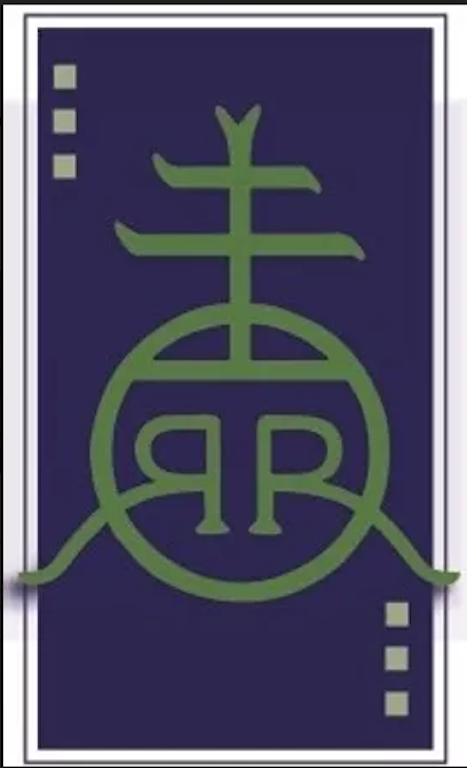
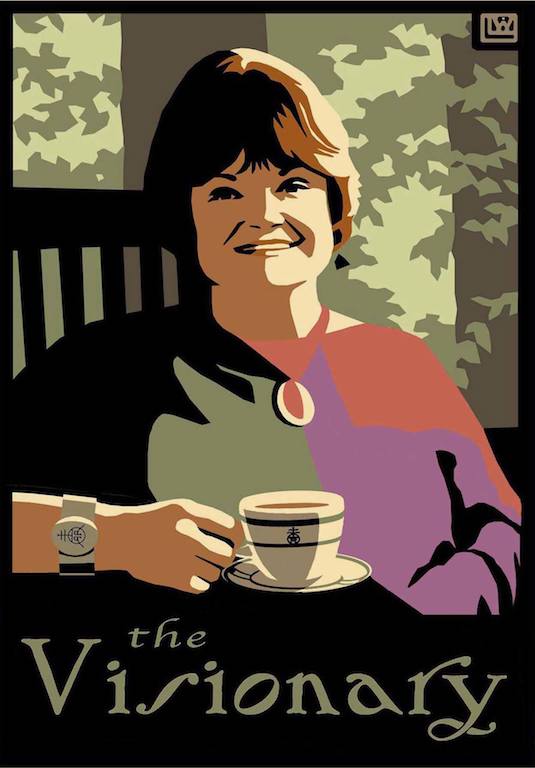

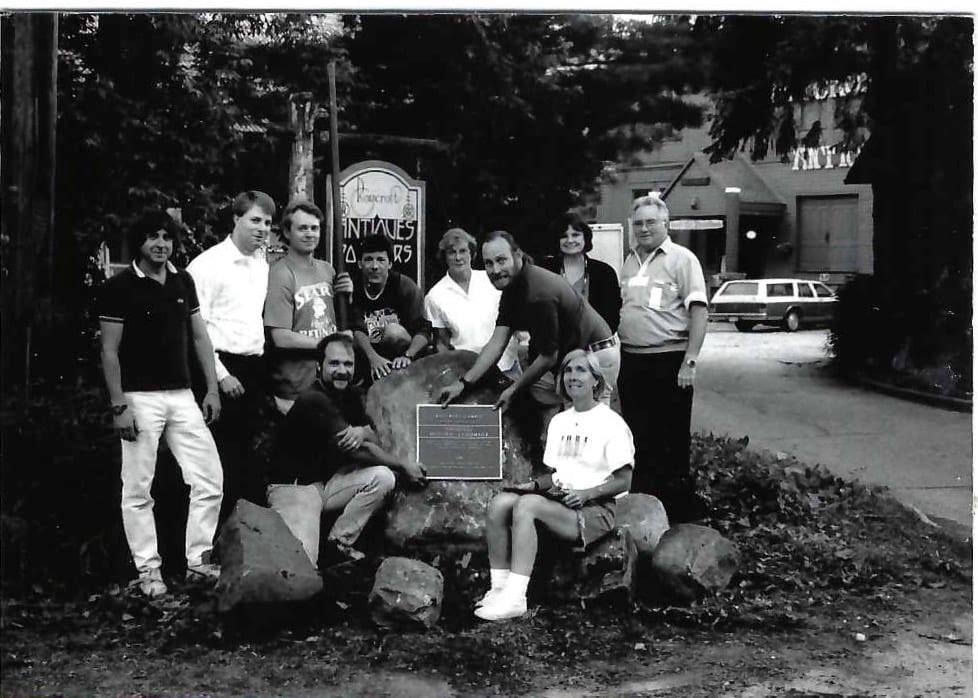
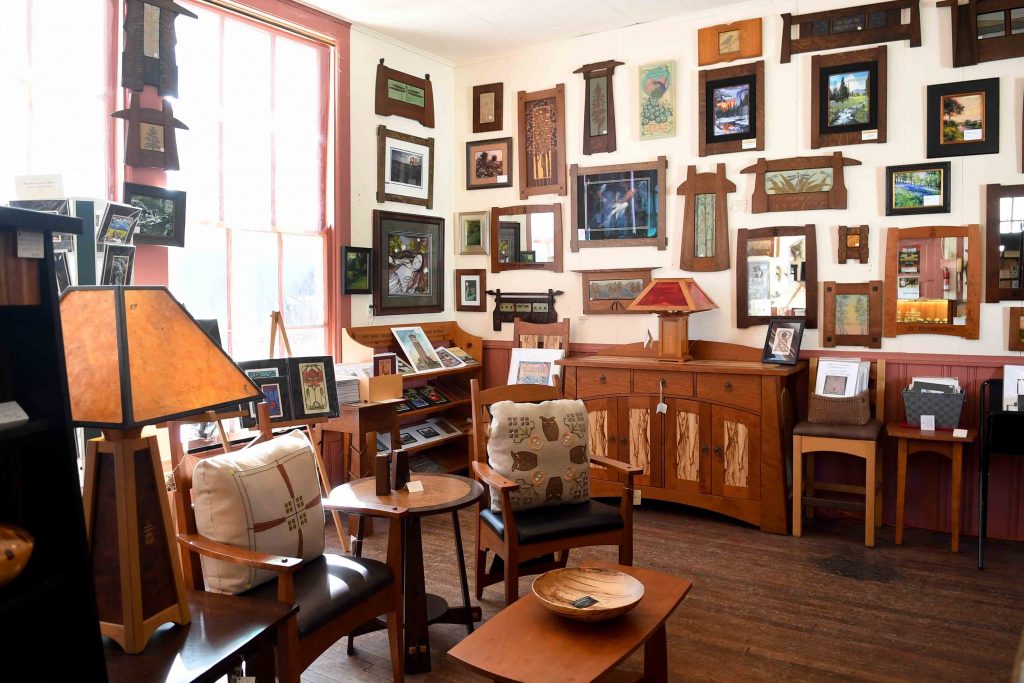
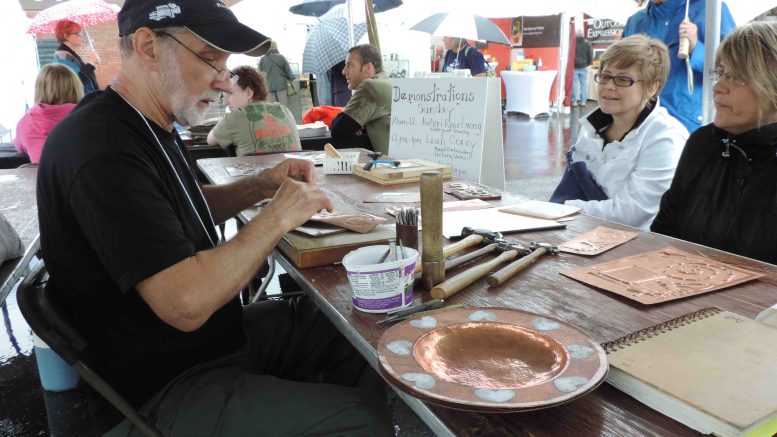

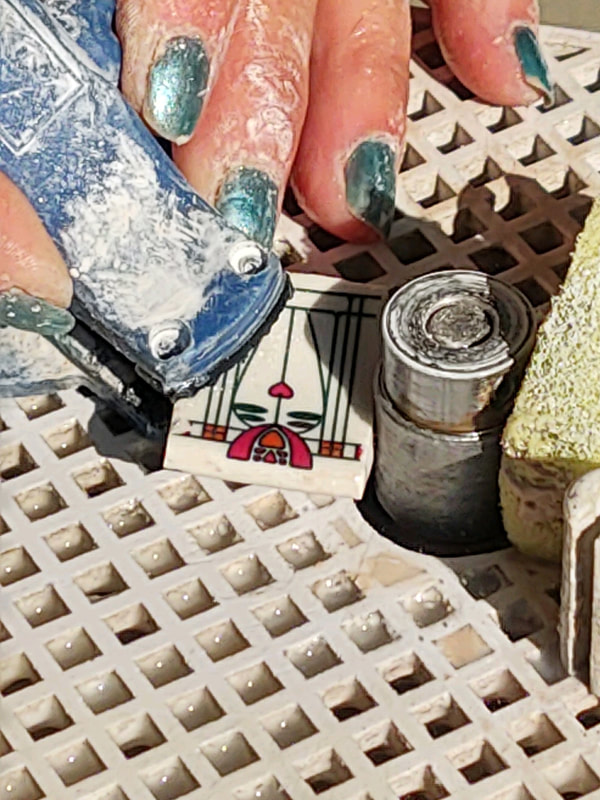
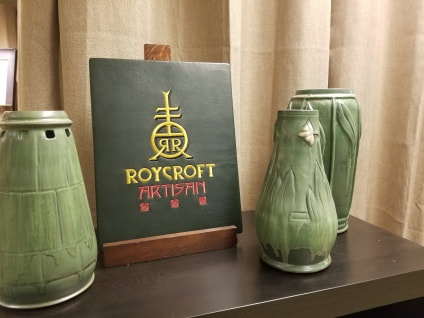
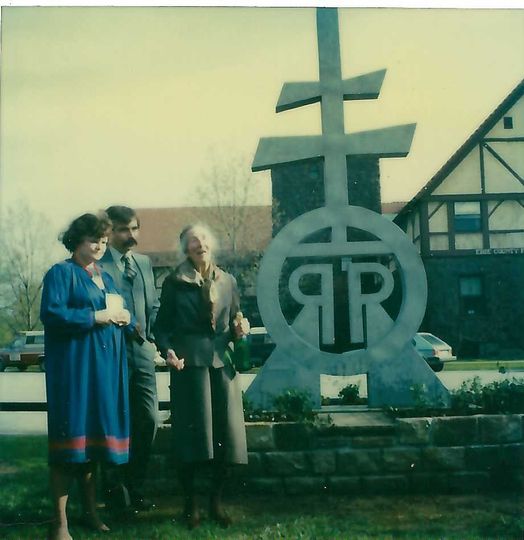


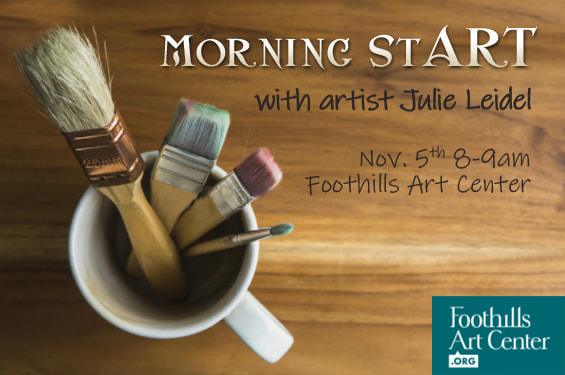
 RSS Feed
RSS Feed